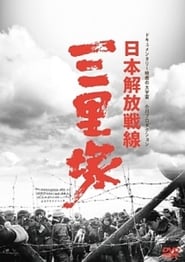detail profile hiroo fuseya

Hiroo Fuseya
伏屋博雄
atau dikenal sebagai
Info Pribadi
Peran Yang Di Mainkan Hiroo Fuseya
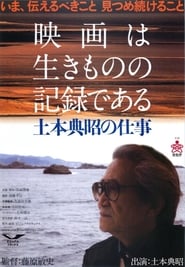 Documentary about the great Japanese documentary...
Documentary about the great Japanese documentary...Cinema Is about Documenting Lives: The Works and Times of Noriaki Tsuchimoto 2007
Documentary about the great Japanese documentary maker Tsuchimoto Noriaki made a couple of years before his death.
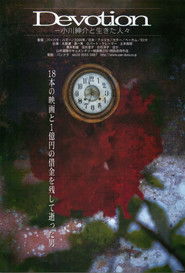 Devotion investigates the extremely complex and...
Devotion investigates the extremely complex and...Devotion: A Film About Ogawa Productions 2002
Devotion investigates the extremely complex and heirarchical relationships among a committed group of Japanese filmmakers who dedicated up to 30 years of their lives making films for one man-Ogawa Shinsuke. Members of Ogawa Pro filmed the student movement of the late 60's; the fight by farmers to save their land from government confiscaton for the Narita airport at Sanrizuka; and the village life of a small farming community, Magino Village, in northern Japan. These heartbreaking and sometimes funny stories have never been told on film before. Rare footage, stills, and diaries with interviews with Oshima Nagisa, Hara Kazuo and Robert Kramer make this historical inquiry visually exciting as well as valuable.
 Naomi Kawase returns to the mountains...
Naomi Kawase returns to the mountains...The Weald 1998
Naomi Kawase returns to the mountains of her feature film Suzaku and portraits the people that inspired the movie.
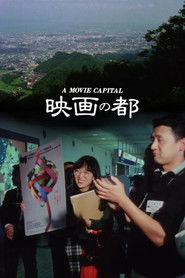 This film is a record of...
This film is a record of...A Movie Capital 1991
This film is a record of the first Yamagata International Documentary Film Festival. It reflects the various ways the festival was given shape by nascent global changes embodied by Perestroika, the Tiananmen Square massacre, and many other contemporaneous events.
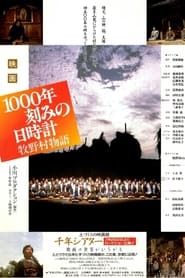 The movie compiles footage taken by...
The movie compiles footage taken by...Magino Village: A Tale 1987
The movie compiles footage taken by Ogawa Production for a period of more than ten years after the collective moved to Magino village. Unique to this film are fictional reenactments of the history of the village in the sections titled "The Tale of Horikiri Goddess" and "The Origins of Itsutsudomoe Shrine". Ogawa combines all the techniques that were developed in his previous films to simultaneously express multiple layers of time—the temporality of rice growing and of human life, personal life histories, the history of the village, the time of the Gods, and new time created through theatrical reenactment—bring them into a unified whole. The faces of the Magino villagers appear in numerous roles transcending time and space—sometimes as individuals, sometimes as people who carry the history of the village in their memories, sometimes as storytellers reciting myths, and even as members of the crowd in the fictional sequences.
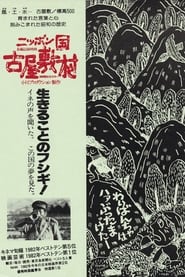 This is Ogawa Productions first major...
This is Ogawa Productions first major...Furuyashiki: A Japanese Village 1982
This is Ogawa Productions’ first major film from their Yamagata period. They had already started photography on Magino Village -A Tale but they were drawn to this village deep in the high country above Magino when a particularly cold bout of weather threatened crops. Inevitably, their attention strayed from the impact of weather and geography on the harvest to the “life history” of Furuyashiki Village. On the one hand, Ogawa returns to his roots by playing with the conventions of the science film. At the same time, he discovers a local, peripheral space in which to think about the nation and the state of village Japan. From this “distant perspective” in the very heart of the Japanese mountains, Ogawa discovers a village still dealing with the trauma of global warfare and struggling for survival as their children flee for the cities.
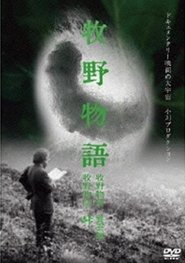 Ogawa Production Staff who moved to...
Ogawa Production Staff who moved to...The Magino Village Story: Raising Silkworms 1977
Ogawa Production Staff, who moved to Makinomura in Yamagata Prefecture, looks at sericulture, sericulture labor, agriculture ... Let's listen to people's words and stare for the sake of staring ...
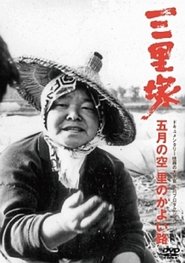 In the mid1970s protests were...
In the mid1970s protests were...Sanrizuka: The Sky of May 1977
In the mid-1970s, protests were waning across Japan after the Red Army scandal of Asama Cottage. In Sanrizuka, people were weary of the violence and the airport was well under construction. As for Ogawa Productions, they invited criticism by pulling out and moving to a quiet village in northern Japan. But when protesters back in Sanrizuka erected a tall tower at the end of one runway, they sent a crew to document what happened. This became the final film of the Sanrizuka Series.
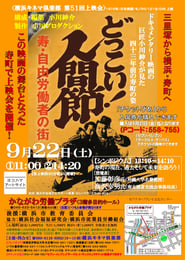 After the waning of the protests...
After the waning of the protests...Dokkoi! Songs from the Bottom 1975
After the waning of the protests in Sanrizuka, Ogawa Pro started questioning the future of the collective and looking for other subjects to film. Following the method developed in the previous films, the filmmakers moved to the slum of Kotobuchi in the port city of Yokohama, where more than 6000 people were struggling to get by without any means of survival, exposed to industrial accidents and diseases. The result is one of the most moving films produced by the collective, a series of beautifully filmed portraits, voicing the silenced stories and songs of a group of people living in this community. Credit: ICA London
 Shinsuke Ogawa documentary about the life...
Shinsuke Ogawa documentary about the life...Sanrizuka: Heta Village 1973
Shinsuke Ogawa documentary about the life of the farmers in Heta Village opposing their resettlement due to the construction of Narita Airport.
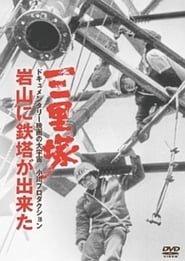 The third film in Ogawa Productions...
The third film in Ogawa Productions...Sanrizuka: The Building of Iwayama Tower 1972
The third film in Ogawa Productions’ Narita/Sanrizuka series of documentaries about the resistance by farmers and activists to the construction of the Narita Airport.
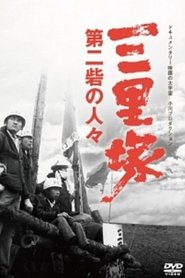 Its the mid 60s Tokyo needs...
Its the mid 60s Tokyo needs...Sanrizuka: Peasants of the Second Fortress 1971
It's the mid 60s. Tokyo needs a new airport. There isn't anywhere in Tokyo to put it, so the government decides on displacing some adjacent villages. The peasants of these villages are not having it. What results is a remarkable act of protest and civil disobedience.
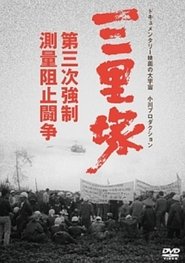 In 1968 the plan by the government...
In 1968 the plan by the government...Sanrizuka: The Three Day War 1970
In 1968 the plan by the government to construct a new international airport in the fields of Sanrizuka near Tokyo unleashed one of the most important and enduring social upheavals in the history of postwar Japan. The plan sought to evict thousands of farmers from their lands without any sort of respect for the locals’ rights. Their resistance to eviction was met with extreme violence by the police. Activists from all over the country, including thousands of students, joined with the farmers in their mounting struggle. As the combats in Sanrizuka became more intense and the numbers of police increased, the collective became more involved in the fighting. Sanrizuka: The Three Day War was what Ogawa called a “bullet film”, an immediate and powerful piece of agitprop shot in three days and intended to be seen as quickly and widely as possible. Credit: ICA London
 In 1968 Ogawa decided to form Ogawa...
In 1968 Ogawa decided to form Ogawa...The Battle Front for the Liberation of Japan – Summer in Sanrizuka 1968
In 1968, Ogawa decided to form Ogawa Productions and locate it at the newly announced construction site of Narita International Airport in a district called Sanrizuka. Ogawa chose to locate his company in the most radical of the villages, Heta. Some farmers immediately sold their land; others vehemently protested and drew the support of social movements across the country. Together they clashed with riot police sent in to protect surveyors, who were plotting out the airport. Summer in Sanrizuka is a messy film – its chaos communicating the passions and actions on the ground.
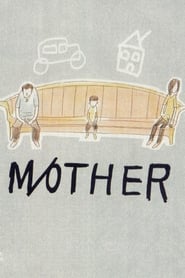 Tetsuro is living with his young...
Tetsuro is living with his young...